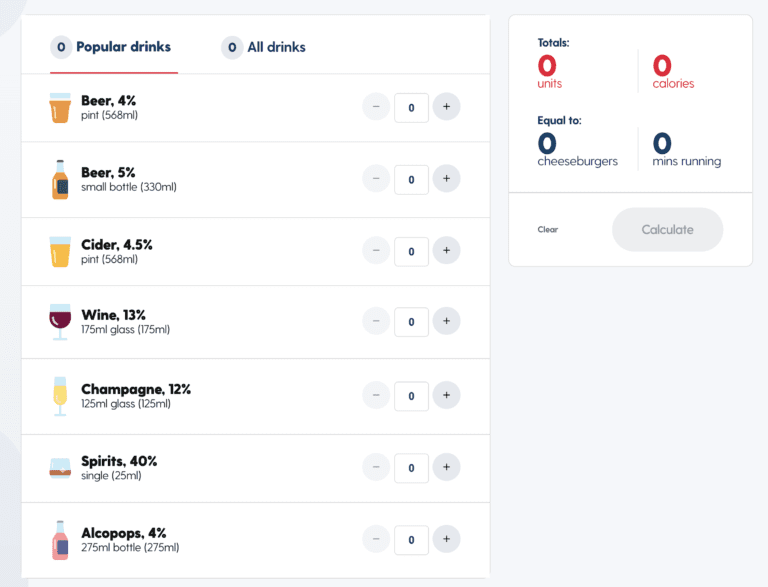Over the limit?
Gail Vernon looks at alcohol consumption in the UK, and what can be done to reduce it.
Alcoholic liver deaths increased by 21 per cent during year of the pandemic. This is a concerning statistic and one that caught my attention. I am not embarrassed to say I enjoy a drink, especially one with bubbles. For years I have limited my drinking to just weekends, but the weekend would often start on a Friday night. Although I may not have drunk a high number in terms of overall units of alcohol, I now find that I have been on many occasions a binge drinker.
Now, before you think I should visit Alcoholics Anonymous (AA) do you realise just what this means? The definition used by the Office of National Statistics for binge drinking is having over eight units in a single session for men and over six units for women. In my terms that equates to two thirds of a bottle of prosecco which is a regular Friday night. But what happened during the pandemic? For me, like many others, working from home for the first lockdown meant that the weekends merged into the weekdays. Yes, I drank more than I would have done previously especially as the weather was so good. A seat in the garden at the end of the working day with a drink replaced the daily commute.
It looks like I wasn’t alone. A report published in July 2021 looked at the trends in alcohol consumption and harm since the onset of the coronavirus (Covid-19) pandemic. Not surprisingly, and as mentioned earlier, the findings show an increase in total alcohol-specific deaths, driven by an unprecedented annual increase in alcoholic liver disease deaths above levels seen pre-pandemic.
Despite pubs, clubs and restaurants closing for approximately 31 weeks during the national lockdowns, the total amount of alcohol released for sale (meaning that tax has been paid and it is available to be bought) during the pandemic was still similar to the prepandemic years, which suggests people were drinking more at home.
Data from a consumer purchasing panel show that in shops and supermarkets just over 12.6m extra litres of alcohol were sold in the financial year 2020 to 2021 compared to 2019 to 2020 (a 24.4 per cent increase).
Low risk drinking
In 2016 the UK chief medical officers (CMOs) dropped the recommended number of units for alcohol for men down to 14 units per week. This was brought in line with the same number of units recommended for women. To keep health risks from alcohol to a low level, the CMOs advise it is safest not to drink more than 14 units a week on a regular basis. The chief medical officers’ guideline for both men and women states that:
- To keep health risks from alcohol to a low level it is safest not to drink more than 14 units a week on a regular basis
. - If you regularly drink as much as 14 units per week, it’s best to spread your drinking evenly over three or more days. If you have one or two heavy drinking episodes a week, you increase your risk of long-term illness and injury
. - The risk of developing a range of health problems (including cancers of the mouth, throat and breast) increases the more you drink on a regular basis
. - If you wish to cut down the amount you drink, a good way to help achieve this is to have several drink-free days a week
. - They also state that saving up your weekly units so you can drink them all on a Friday night is not the way to interpret

What is a unit of alcohol?
I looked at the back label of my regular bottle of bubbles and was surprised to see that it contained 9.3 units of alcohol. I have found myself looking at the alcohol content across a number of drinks and I now find it as compelling as highlighting hidden sugars. I had a dinner party recently and, as a nonvodka drinker, I went out to by a bottle of Grey Goose for some friends. I was shocked to see that at 75ml it contained 24 units of alcohol and even more shocked that it was empty at the end of the night.
So how do we better interpret the new alcohol unit guidelines, which are equivalent to six pints of average strength beer or six 175cl glasses of average strength wine?
Science states that one unit is 10ml or 8g of pure alcohol. Because alcoholic drinks come in different strengths and sizes, units are a way to tell how strong your drink is. It takes an average adult around an hour to process one unit of alcohol so that there’s none left in their bloodstream, although this varies from person to person.
Alcohol content is also expressed as a percentage of the whole drink. Look on a bottle of wine or a can of lager and you’ll see either a percentage, followed by the abbreviation ‘ABV’ (alcohol by volume), or sometimes just the word ‘vol’. Wine that says ‘13 ABV’ on its label contains 13 per cent pure alcohol.
I am not surprised if this information is not clear to many people, so what else can be done to gain a better understanding of your intake? You can visit www.drinkaware.co.uk who have created a tool that lets you check your drinking by providing information about your risks and gives advice based on your results.
I was fully aware of the 14-unit upper limit, as alcohol consumption has its own chapter in ‘Delivering Better Oral Health’. This aligns with the fact that a significant proportion of the healthy general population visit a dentist on a regular basis. There is evidence that identifying patients’ alcohol health risk and feeding it back to them along with some advice on cutting down, is effective in reducing alcohol consumption.
Supporting patients with brief interventions for alcohol is important in relation to the prevention of oral cancer and in particular, when combined with tobacco use. In addition to the benefits for general health, there is also some evidence that patients with periodontal disease may also have the potential to benefit from reducing alcohol intake.
As a marketer in the healthcare space, I like to think of myself as aligning with evidence-based guidance. I have gone to great lengths to make sure my family has had at least five fruit and veg a day. Alcohol is a more complex subject. I have now in the most part returned to weekend only drinking and consume less units to be more in line with safe limits. It’s worth checking in with friends and family to see if they understand their personal drinking habits and consumption. There are many benefits to cutting down including health improvement, reducing the all-important calories and of course reduced spending. Good luck – and when I see you next, mine is a single!
References available on request.

Article written by
Gail Vernon
Director, VSM Marketing






